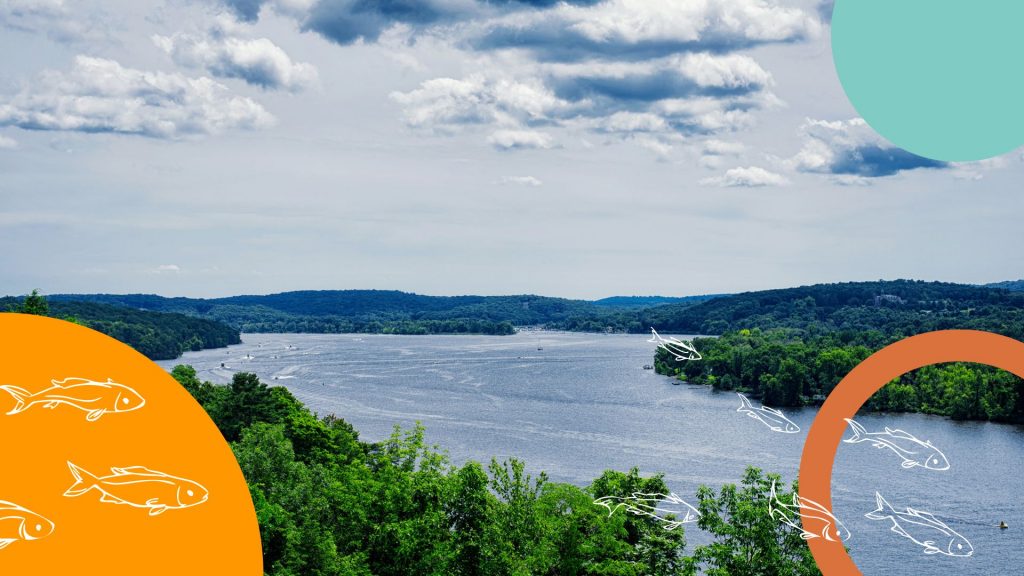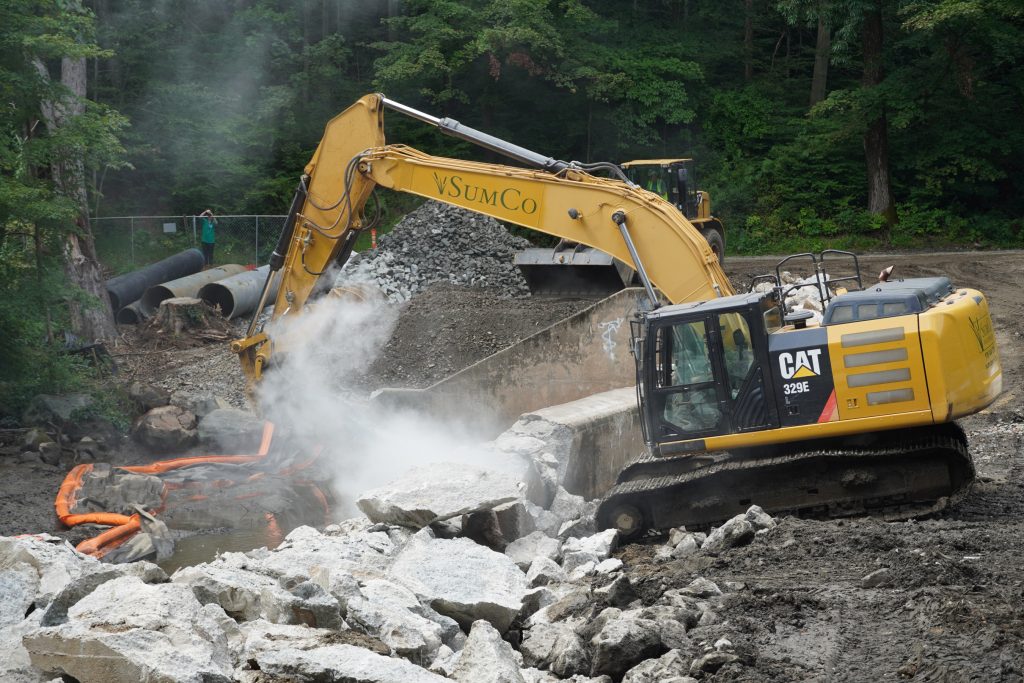
The Long Island Sound River Restoration Network is a network of Connecticut and New York-based organizations dedicated to the restoration and health of our region’s rivers.
Stream barriers interrupt the natural function and flow of rivers. In working collaboratively, the network’s goal is to accelerate and streamline dam removal and culvert replacement, create and share educational materials, and prioritize community outreach around stream barrier removal.
Reconnected: Restoring the Rivers of Long Island Sound
Did you attend the May 21 premiere of Reconnected? We would love to learn more about your experience: World Fish Migration Day Post-Event Survey.
Made by Reel Quest Films in collaboration with the River Restoration Network, Reconnected: Restoring the Rivers of Long Island Sound is a short documentary film that highlights the importance of stream barrier removal through interviews with community members, environmental experts, and river advocates.
Are you interested in hosting a screening of Reconnected? Please fill out our community screening form to receive access to the full-length film.
Dam Removal Report

Why remove a dam? What happens once a dam has been removed? These questions are explored in our Dam Removal Report. In the report, the River Restoration Network presents the benefits of removing dams to restore free-flowing rivers.
Read and download a copy of the report and stay tuned for in-person events where physical copies of the report will be distributed.
Agencies and Funders Convening
Our first River Restoration Network Agencies and Funders Convening was held on February 22, 2024. The event was a day-long gathering of more than 50 representatives of state and federal agencies, public and private funders, and NGO practitioner groups engaged in the work of stream barrier removal within the watershed in Connecticut and New York.
Throughout the event we identified, discussed, and developed plans to activate tangible and measurable pathways of collaboration to improve the practice, clarify and streamline regulation, identify and pursue funding, and build shared capacity for the critical work of stream barrier removal.


